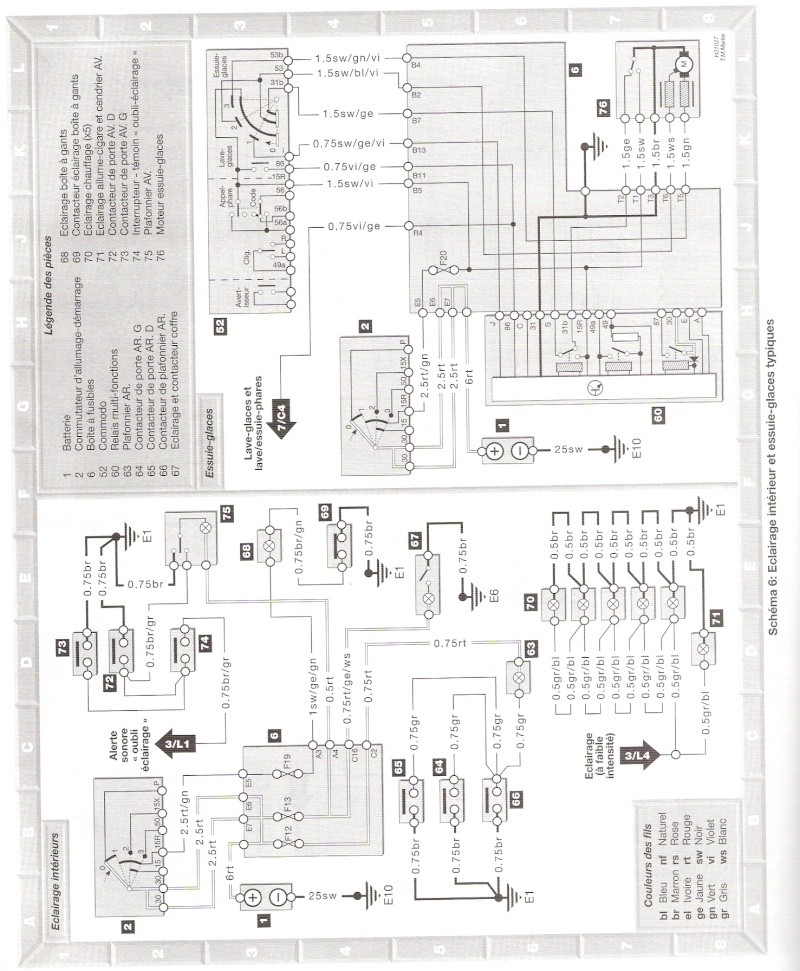


Similarly, smart phones have become global in use within ten years. For example, high demand for LED lighting is now making more energy-intensive, incandescent lighting near-obsolete, with the support of policy action that spurred rapid industry innovation. This is sometimes called ‘disruptive innovation’. Transformative change can arise from growth in demand for a new product or market, such that it displaces an existing one. Transitions can be transformative or incremental, and they often, but not always, go hand in hand. To limit warming to1.5☌, mitigation would have to be large-scale and rapid. As an illustration, the deployment of low-emission technology (e.g., renewable energy projects or a bio-based chemical plants) would depend upon economic conditions (e.g., employment generation or capacity to mobilize investment), but also on social/cultural conditions (e.g., awareness and acceptability) and institutional conditions (e.g., political support and understanding). This means that all relevant companies, industries and stakeholders would need to be involved to increase the support and chance of successful implementation. Examples of actions include shifting to low- or zero-emission power generation, such as renewables changing food systems, such as diet changes away from land-intensive animal products electrifying transport and developing ‘green infrastructure’, such as building green roofs, or improving energy efficiency by smart urban planning, which will change the layout of many cities.īecause these different actions are connected, a ‘whole systems’ approach would be needed for the type of transformations that could limit warming to 1.5☌. This Special Report assesses energy, land and ecosystems, urban and infrastructure, and industry in developed and developing nations to see how they would need to be transformed to limit warming to 1.5☌. There are actions across all sectors that can substantially reduce greenhouse gas emissions. There are many factors that affect the feasibility of different adaptation and mitigation options that could help limit warming to 1.5☌ and with adapting to the consequences.

Meeting this challenge would require a rapid escalation in the current scale and pace of change, particularly in the coming decades. While transitions towards lower greenhouse gas emissions are underway in some cities, regions, countries, businesses and communities, there are few that are currently consistent with limiting warming to 1.5☌. Summary : In order to limit warming to 1.5☌ above pre-industrial levels, the world would need to transform in a number of complex and connected ways.


 0 kommentar(er)
0 kommentar(er)
